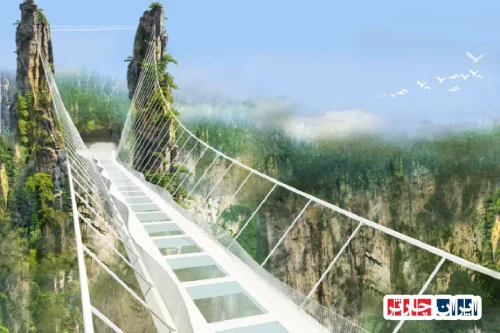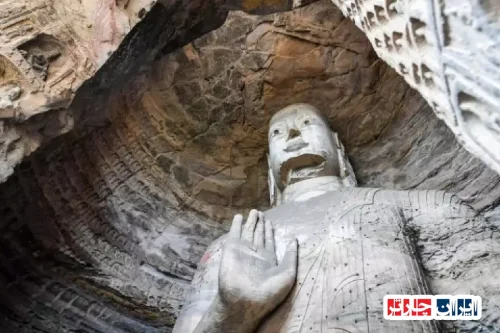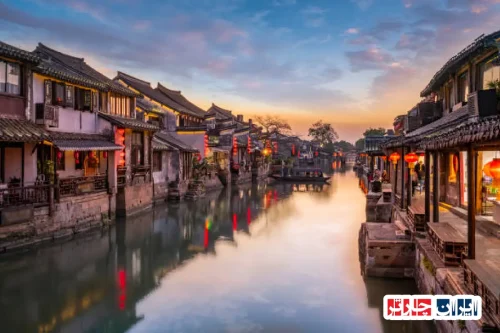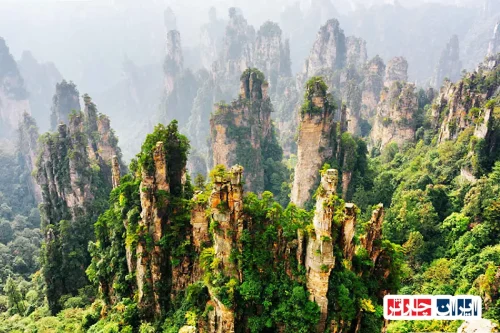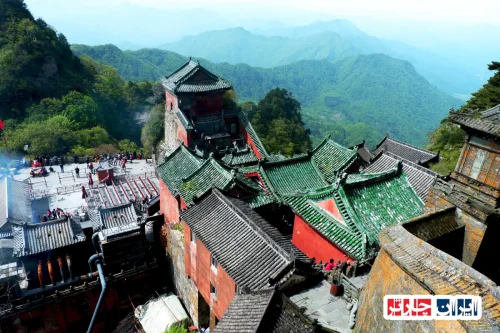Discover the Magnificent Lhasa Potala Palace in Tibet, China: An Iconic Cultural Heritage
Experience the awe-inspiring beauty and rich history of the Lhasa Potala Palace Tibet China, a symbol of spiritual significance and architectural brilliance. This majestic palace, nestled in the heart of Tibet, China, stands as a testament to centuries of religious devotion, cultural evolution, and artistic mastery. Visiting the Lhasa Potala Palace Tibet China offers travelers a unique glimpse into the profound spiritual traditions and historical narratives that have shaped the region. The palace’s intricate design, featuring stunning murals, sacred statues, and elaborate courtyards, reflects the deep-rooted religious beliefs and artistic ingenuity of Tibetan culture. As one of the most iconic landmarks in Tibet, China, the Lhasa Potala Palace Tibet China continues to attract millions of visitors worldwide, eager to explore its legendary halls and learn about its fascinating past. Whether you are interested in its architectural marvels, spiritual significance, or cultural heritage, the Lhasa Potala Palace Tibet China remains a must-see destination that embodies the essence of Tibetan identity and history.
Discover the Rich History and Cultural Significance of Lhasa Potala Palace in Tibet, China
The Lhasa Potala Palace in Tibet, China, stands as an iconic symbol of spiritual and political power, with a history spanning over a millennium. Built in the 17th century, this majestic fortress served as the winter residence of the Dalai Lama and a center of Tibetan governance. Its strategic location atop Red Mountain offers breathtaking views of Lhasa city, making it a must-visit cultural landmark in Tibet, China. The palace’s origins are deeply rooted in Tibetan religious traditions, reflecting centuries of spiritual devotion and political authority intertwined within its architecture.
Architectural Marvels of the Lhasa Potala Palace in Tibet, China
The architecture of the Lhasa Potala Palace in Tibet, China, is a masterpiece blending Tibetan, Chinese, and Indian styles. Its massive white and red walls encompass over 1,000 rooms, including chapels, halls, and living quarters. The palace’s intricate design features tiered terraces, golden roofs, and elaborate murals that depict religious stories and historical events. The use of natural materials like stone, wood, and gold leaf not only enhances its aesthetic appeal but also symbolizes spiritual purity and cultural richness. The interior design incorporates sacred symbols, prayer halls, and relic chambers, showcasing the artistic ingenuity of Tibetan craftsmen.
The Role of Lhasa Potala Palace in Tibetan Religious and Political Life
The Lhasa Potala Palace in Tibet, China, has historically been the epicenter of Tibetan spiritual and political authority. It served as the residence of the Dalai Lama, the spiritual leader of Tibet, and a hub for religious ceremonies, political decisions, and cultural preservation. Throughout history, the palace has symbolized Tibetan independence and religious identity, often acting as a unifying force during times of upheaval. Even today, it remains a potent symbol of Tibetan heritage, inspiring devotion and cultural pride among Tibetans and visitors worldwide.
Legendary Stories and Historical Events Surrounding the Construction of Lhasa Potala Palace in Tibet, China
The construction of the Lhasa Potala Palace in Tibet, China, is surrounded by fascinating legends and historical narratives. According to tradition, the site was chosen by the 5th Dalai Lama in the 17th century, who envisioned a grand palace to symbolize spiritual authority. The building process involved thousands of artisans, monks, and laborers, with many stories of divine intervention and miraculous events during its construction. Over centuries, the palace expanded through successive renovations, each adding new layers of art and architecture that reflect Tibet’s evolving history and religious devotion.
Artistic and Cultural Treasures Inside Lhasa Potala Palace in Tibet, China
The interior of the Lhasa Potala Palace in Tibet, China, is a treasure trove of Tibetan art and culture. Its walls are adorned with vibrant murals depicting Buddhist teachings, historical scenes, and sacred symbols. The palace houses priceless statues, including gilded Buddhas and intricate thangkas, which are religious paintings on fabric. Sacred relics, ancient manuscripts, and ceremonial objects are preserved within its chambers, offering insight into Tibetan spiritual practices. These artistic masterpieces not only serve religious purposes but also exemplify Tibetan craftsmanship and artistic heritage passed down through generations.
UNESCO World Heritage Site and Preservation Efforts for Lhasa Potala Palace in Tibet, China
The Lhasa Potala Palace in Tibet, China, has been designated as a UNESCO World Heritage Site, recognizing its global cultural importance. Preservation efforts focus on maintaining its structural integrity, restoring damaged artworks, and safeguarding its unique architecture against environmental threats. International collaborations and local initiatives aim to ensure the palace’s longevity for future generations. These conservation projects include advanced techniques for stone and mural restoration, as well as sustainable tourism practices that balance visitor access with preservation needs. Protecting this iconic monument is vital for preserving Tibetan cultural identity and world heritage.
Visitor Experience and Practical Tips for Exploring Lhasa Potala Palace in Tibet, China
Visiting the Lhasa Potala Palace in Tibet, China, offers a profound spiritual and cultural experience. To make the most of your visit, plan ahead by checking opening hours and guided tour options. Respect local customs, dress modestly, and follow photography rules to preserve the sanctity of the site. Walking through its grand halls, prayer chambers, and courtyards provides an immersive journey into Tibetan history. Consider hiring a knowledgeable guide to understand the symbolism behind each artwork and architectural feature. Visiting early in the day or during off-peak seasons can enhance your experience, allowing for a more intimate connection with this sacred site.
Impact of Lhasa Potala Palace in Contemporary Tibetan Culture and Global Awareness
The Lhasa Potala Palace in Tibet, China, continues to influence Tibetan cultural identity and spiritual life. It serves as a symbol of resilience, faith, and cultural pride for Tibetans worldwide. The palace’s image is often used in cultural festivals, religious ceremonies, and political movements advocating for Tibetan rights. Globally, it raises awareness about Tibetan history, spirituality, and the importance of preserving intangible cultural heritage. Its recognition as a UNESCO site has helped promote cultural exchange and understanding, making it a powerful emblem of Tibetan resilience and spiritual heritage in the modern world.
Unveiling Hidden Secrets and Fascinating Facts About Lhasa Potala Palace in Tibet, China
Beyond its grandeur, the Lhasa Potala Palace in Tibet, China, harbors many hidden secrets and intriguing facts. Some chambers remain inaccessible, fueling speculation about undiscovered relics and passages. Legends speak of secret tunnels and hidden treasures buried beneath the palace, linked to Tibetan spiritual traditions. Recent archaeological studies suggest that parts of the palace may contain ancient manuscripts and artifacts yet to be uncovered. These mysteries continue to captivate historians, archaeologists, and visitors alike, adding an element of mystique to this already awe-inspiring monument.
Ongoing Restoration and Conservation Challenges for Lhasa Potala Palace in Tibet, China
Maintaining the Lhasa Potala Palace in Tibet, China, presents ongoing challenges due to its age, environmental conditions, and high visitor traffic. Structural deterioration, weathering, and pollution threaten its preservation. To address these issues, specialized restoration projects employ cutting-edge technology, including climate control, structural reinforcement, and artifact preservation techniques. Balancing tourism with conservation remains a key concern, requiring strict regulations and sustainable practices. International support and local commitment are essential to ensure that this cultural treasure remains intact for future generations to admire and learn from.
Frequently Asked Questions about Lhasa Potala Palace in Tibet, China
- What is the historical significance of the Potala Palace in Tibet?
- The Potala Palace in Tibet has been a symbol of spiritual and political authority for over a millennium. Built in the 17th century, it served as the winter residence of the Dalai Lama and a center for Tibetan governance. Its strategic location and majestic architecture reflect Tibet’s rich religious traditions and political history, making it a vital cultural landmark.
- When was the Potala Palace constructed?
- The construction of the Potala Palace was initiated in the 17th century under the reign of the 5th Dalai Lama. It was built over several years, involving thousands of artisans, monks, and laborers, with ongoing renovations adding to its grandeur over the centuries.
- What architectural styles are reflected in the Potala Palace?
- The palace showcases a blend of Tibetan, Chinese, and Indian architectural influences. Its massive white and red walls, tiered terraces, golden roofs, and intricate murals exemplify this fusion, creating a unique and iconic structure.
- What are some of the main features inside the Potala Palace?
- The interior includes numerous chapels, prayer halls, relic chambers, and living quarters. Walls are decorated with vibrant murals depicting religious stories and historical events. The palace also houses priceless statues, sacred relics, and ancient manuscripts.
- Why is the Potala Palace considered a UNESCO World Heritage Site?
- Recognized for its cultural and historical importance, the Potala Palace was designated as a UNESCO World Heritage Site to ensure its preservation. Conservation efforts focus on maintaining its architecture, restoring artworks, and safeguarding its significance for future generations.
- How can visitors best experience the Potala Palace?
- Visitors should plan ahead by checking opening hours and guided tour options. Respect local customs, dress modestly, and follow photography rules. Hiring a knowledgeable guide can enrich the experience by explaining the symbolism behind artworks and architecture.
- What are some legends associated with the construction of the palace?
- Legend has it that divine intervention played a role in its construction, with stories of miraculous events and secret tunnels. The site was chosen by the 5th Dalai Lama, and many tales speak of hidden treasures and spiritual significance embedded within its walls.
- What challenges does the preservation of the Potala Palace face?
- Environmental factors such as weathering, pollution, and high visitor traffic threaten its integrity. Restoration projects employ advanced techniques for structural reinforcement, artifact preservation, and environmental control to address these issues.
- What are some unique artistic treasures inside the palace?
- The palace houses exquisite murals, gilded statues of Buddha, intricate thangkas, and sacred relics. These artworks reflect Tibetan craftsmanship and religious devotion, offering insight into spiritual practices and artistic heritage.
- How does the Potala Palace influence Tibetan culture today?
- It remains a powerful symbol of Tibetan identity, resilience, and spiritual life. The palace is central to religious ceremonies, cultural festivals, and political movements advocating for Tibetan rights, inspiring pride among Tibetans worldwide.
- Are there any mysteries or secrets associated with the palace?
- Many chambers remain inaccessible, fueling speculation about hidden passages, relics, and treasures. Legends speak of secret tunnels and undiscovered artifacts, adding a layer of mystique to this historic monument.
- What ongoing efforts are there for the conservation of the Potala Palace?
- Conservation projects involve structural reinforcement, mural restoration, and environmental controls. International collaborations and sustainable tourism practices aim to protect the palace while allowing visitors to appreciate its beauty.
- How does visiting the Potala Palace benefit travelers?
- Visiting offers a profound insight into Tibetan history, religion, and culture. It provides an immersive experience through its architecture, art, and spiritual ambiance, enriching visitors’ understanding of Tibet’s heritage.
- What is the significance of the Potala Palace in modern times?
- It continues to symbolize Tibetan resilience, faith, and cultural pride. Its image is used in festivals, political movements, and international awareness campaigns, promoting Tibetan heritage globally.
- Can you share some lesser-known facts about the Potala Palace?
- Some chambers are still unexplored, and legends speak of hidden relics and tunnels beneath the palace. Recent archaeological studies suggest there may be undiscovered manuscripts and artifacts, adding to its mystique.



